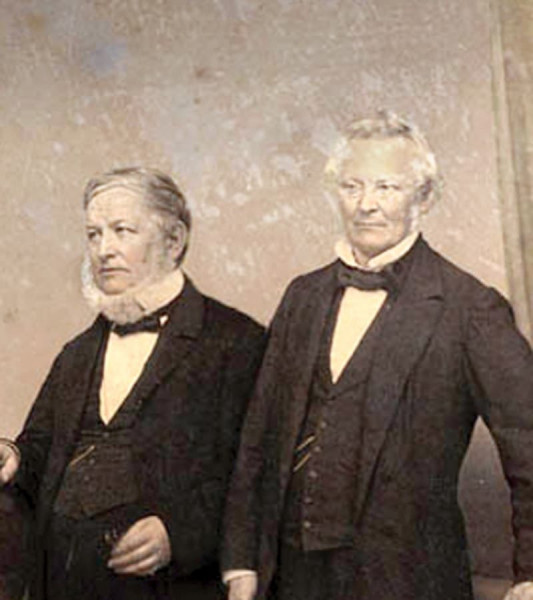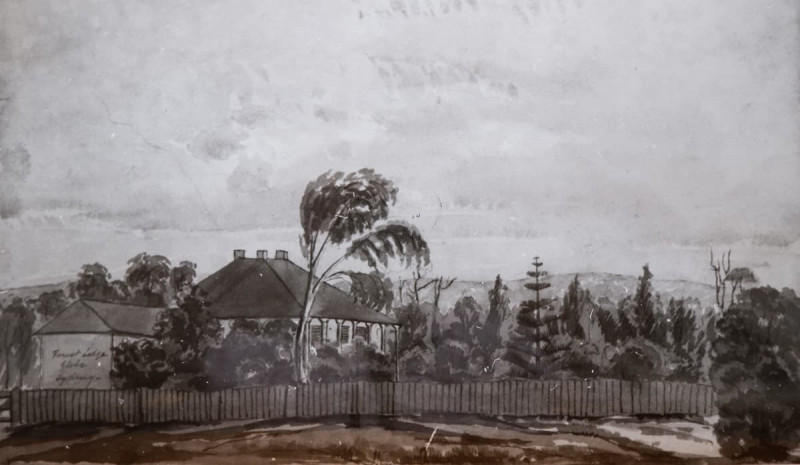After selling Hereford House, druggist Ambrose Foss had money to erect a “handsome house” on his 31 acres. Around the seven-room shingle-roofed bungalow, designed by John Verge and built in 1836, were landscaped gardens, an orchard and a vegetable patch where Foss grew melons. With a handsome stand of native trees and an abundance of wild duck, the property lived up to its woodland name.
Foss also practised as a dentist; in 1838 he identified skeletal remains of victims of the Myall Creek Massacre. In 1842, the year he was elected a Sydney alderman, Forest Lodge was advertised for rent and the next year Foss was declared insolvent. Welsh retailer David Jones, a fellow member of the Pitt Street Congregational Church, bought the property. His youngest son Edward Lloyd Jones was born at Forest Lodge in 1844.
In 1845 the estate was subdivided. Explorer and scientist James Coutts Crawford rented the villa for a year. Its grounds now including a vineyard, it passed into the hands of George Bennett (surgeon, naturalist, vice-president of the Zoological Society and Board member of the Australian Museum) who donated a collection of John Gould’s ornithological engravings to the University of Sydney library.
During Bennett’s occupancy part of the acreage was lost for the making of the Pyrmont Bridge toll road. After he sold in 1865 the estate was again subdivided.
The last owner of Forest Lodge was Dr William John Munro who died in 1908. In 1912 the executors of his estate demolished the house and filled the site with terraces of houses and shops.




